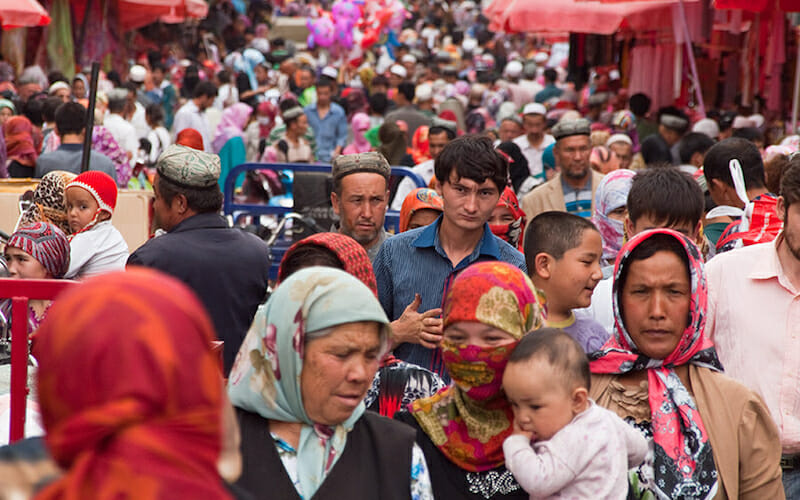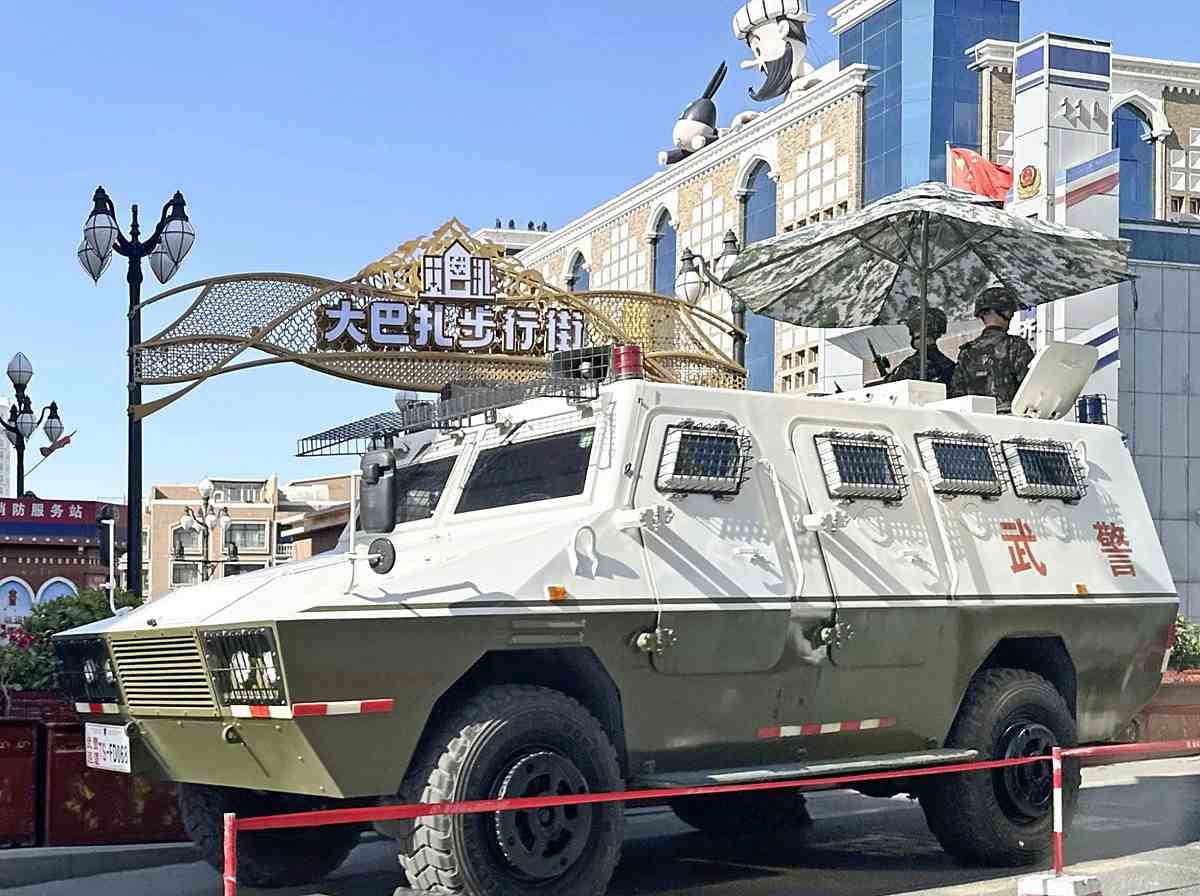Imagine being afraid to speak your own language or celebrate your own culture, even in a country where you’ve lived for generations. This is the reality for many Uyghurs living in Central Asia today. Their story is one of resilience, survival, and the complex web of geopolitical forces shaping their lives.
Origins and Identity
The Uyghurs, whose name means “allied,” are descendants of Turkic nomads who once roamed the Siberian steppes. Their homeland, which they call East Turkestan (though China calls it Xinjiang), lies in northwestern China. This region, particularly the ancient city of Kashgar, served as a vital hub along the legendary Silk Road, where Uyghur traders bridged the gap between Eastern and Western civilizations. Though their roots trace back to ancient times along the Silk Road, today’s Uyghurs find themselves caught between preserving their heritage and navigating the harsh geopolitical realities shaped by China’s control over Xinjiang.
The Modern Diaspora
Today, over a million Uyghurs live outside China, with the largest communities in Kazakhstan (500,000), Kyrgyzstan (50,000), and Uzbekistan (60,000). However, their situation in these countries reveals a troubling pattern of how economic dependence on China can override cultural and ethnic ties. Despite the Uyghur diaspora’s widespread presence in Central Asia, the long arm of China’s policies continues to cast a shadow over their lives. As they live in exile, they still face the repercussions of China’s surveillance state.

Life Under Surveillance
China’s approach to the Uyghur population in Xinjiang is shaped by a combination of strategic, economic, and security concerns. The region, which covers a sixth of China’s landmass, plays a vital role in the Belt and Road Initiative and is rich in natural resources like oil and gas and leading cotton production land. Xinjiang’s strategic location, bordering eight countries, is crucial for national security and controlling trade routes. China’s policies aim to prevent separatism, curb Islamic extremism, and maintain political control, often suppressing opposition to Communist Party rule. Cultural assimilation is also a key goal, with the promotion of Han Chinese dominance and the use of advanced surveillance technologies.
In Xinjiang, China has turned the region into a surveillance laboratory, where citizens must submit DNA, voice recordings, and even 3D facial scans just to apply for a passport. This approach extends beyond China’s borders, where Uyghurs feel the weight of the state’s watchful eye through sophisticated technology and diplomatic pressure.

Three Different Stories: Kazakhstan, Kyrgyzstan, and Uzbekistan
- Kazakhstan’s Balancing Act
Kazakhstan, home to the largest Uyghur diaspora, finds itself in a difficult position. Despite sharing ethnic ties with the Uyghurs and having its own citizens face discrimination in Xinjiang, the country’s growing economic dependence on China through the Belt and Road Initiative has led to what activists call a “deafening silence” on Uyghur rights.
- Kyrgyzstan’s Economic Chains
In mountainous Kyrgyzstan, where Chinese loans keep the economy afloat, Uyghurs must carefully watch their words. Even at weddings and holidays, political discussions are taboo. Recent protests against Chinese policies led to arrests, with one protester facing charges of “inciting interethnic hatred.”
- Uzbekistan’s Hidden Community
Perhaps the most striking case is Uzbekistan, where Uyghurs share the closest physical and linguistic ties with the local population. Yet here, many choose to hide their identity entirely, fearing repercussions for relatives back in Xinjiang. While three cultural centers and some media outlets exist, they carefully avoid any political content or criticism of China.
The Security Narrative
China and Central Asian governments often justify their policies through security concerns, particularly focusing on groups like the East Turkestan Islamic Movement (ETIM). The Shanghai Cooperation Organisation’s Regional Anti-Terrorist Structure, headquartered in Tashkent, coordinates regional efforts against what they term the “three evils” – separatism, extremism, and terrorism.
Looking Forward
The Uyghur situation in Central Asia demonstrates how economic leverage can reshape regional politics and human rights. As China’s BRI expands its influence, Uyghur communities face an increasingly difficult choice between preserving their identity and ensuring their security. Their story is not just about cultural survival, but about how geopolitical power dynamics can transform the lives of entire communities.
Despite the immense challenges, Uyghur culture persists through small acts of preservation – in magazines written in Cyrillic script, in radio programs, and in the quiet passing of traditions from one generation to the next. Their resilience speaks to the enduring strength of cultural identity in the face of overwhelming political and economic pressures.

